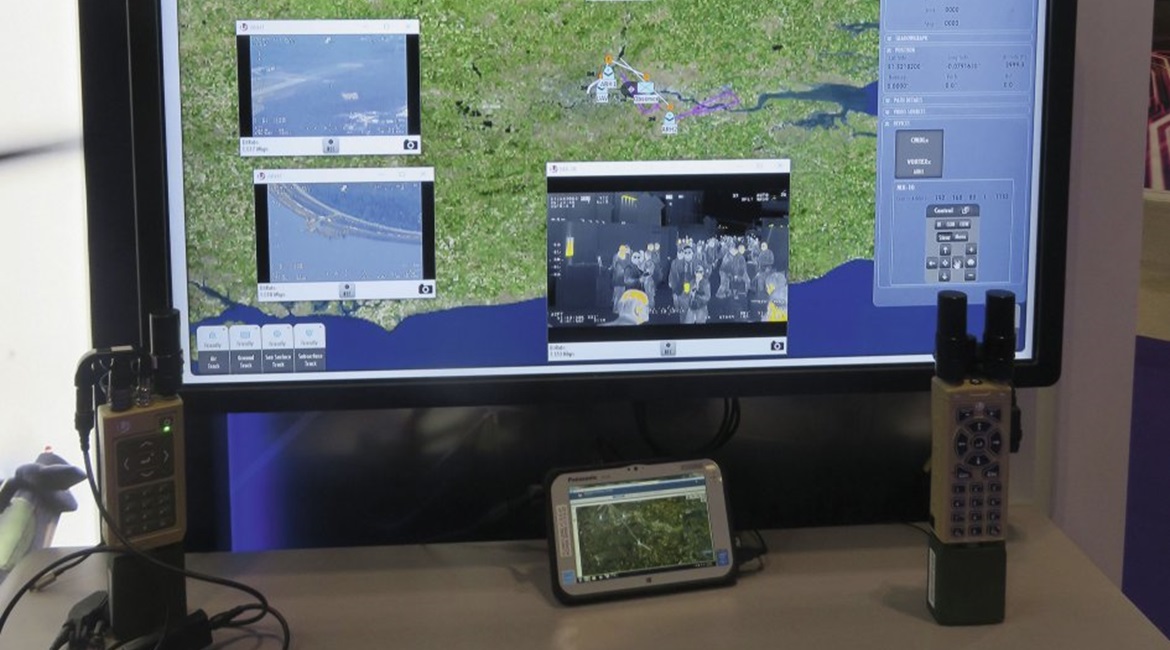
L3Harris Technologies showcased new capabilities in its tactical communications product line at DSEI 2019 in London in September, including a new generation of its Falcon range of radios: Falcon IV.
Brian Wenink, L3Harris Technologies director of product management, told Jane’s that the latest versions of the AN/PRC-158 manpack and AN/PRC-163 handheld radios were the first two products in the Falcon IV range. They are multi-channel with cross-banding and have access to a library of waveforms. A mission module interface allows for integrating additional capabilities such as real-time video or Iridium Satellite communications.
Wenink said the key difference from the previous generation is the underlying software architecture, particularly the L3Harris Denali Type 1 cryptographic architecture, successor to the Sierra II. This provides software-defined and programmable cryptography that can be updated with no hardware replacement. He said that together with an improved baseband solution, the new radios offer higher data rates as well.

The L3Harris Technologies network control system for manned/unmanned teaming demonstrated at DSEI 2019. The images on the left of the situational awareness map are sensors from two attack helicopters, the image in the middle is from an L3 Wescam MX-10 in a UAV, and on the right is the UAV data. Below the screen are L3 ROVER devices for dismounted personnel. (Giles Ebbutt)
L3Harris also revealed a new common power amplifier, the RF410. This will provide 50W output across the 30-2,600 MHz frequency range and covers all the Falcon IV range. It has an autonomous mode that enables it to be used with radios from other manufacturers by detecting the frequency and then tuning itself to amplify the signal. It also has a control mode for using advanced waveforms such as frequency hopping.
Looking to read the full article?
Gain unlimited access to Janes news and more...